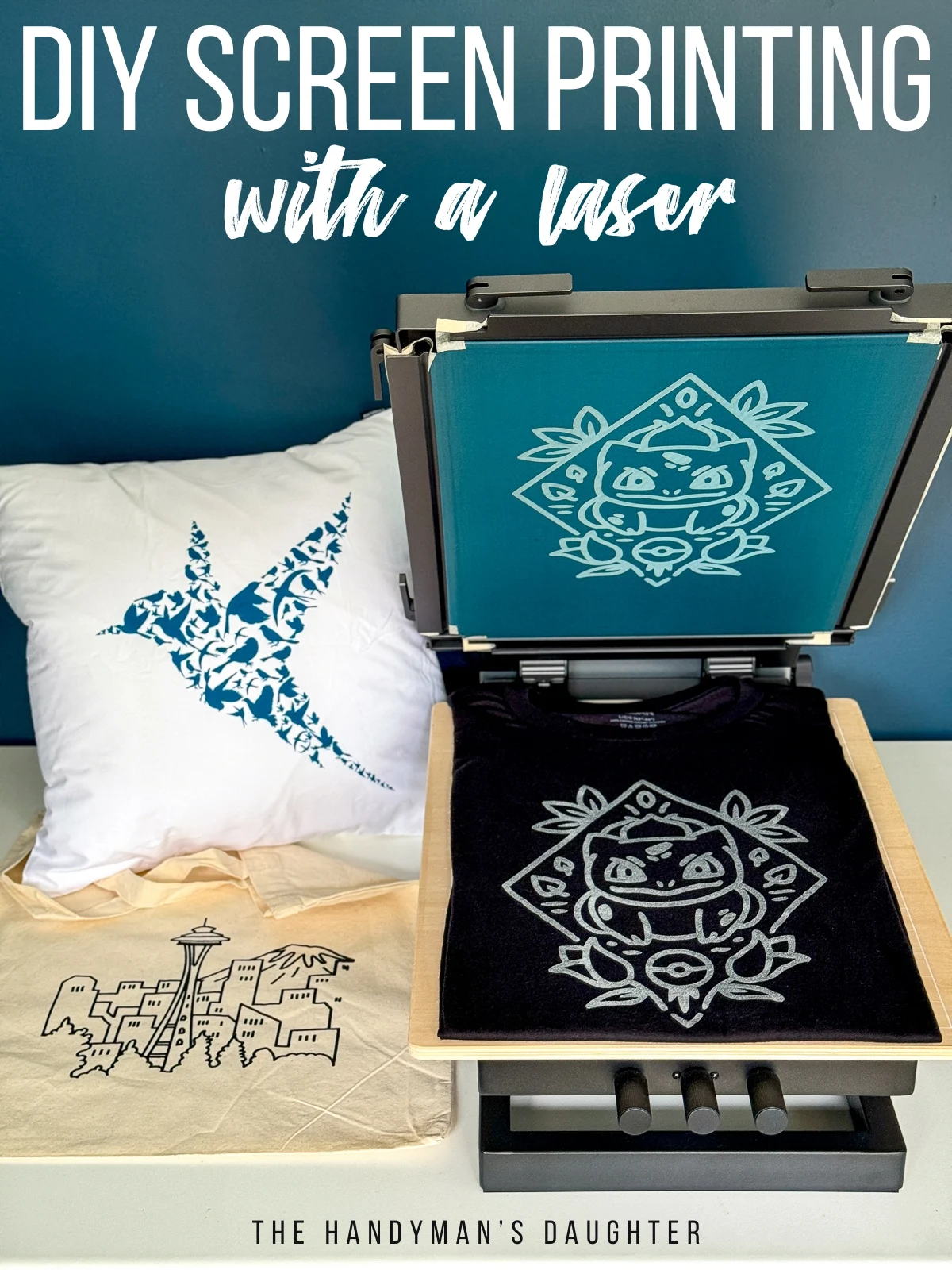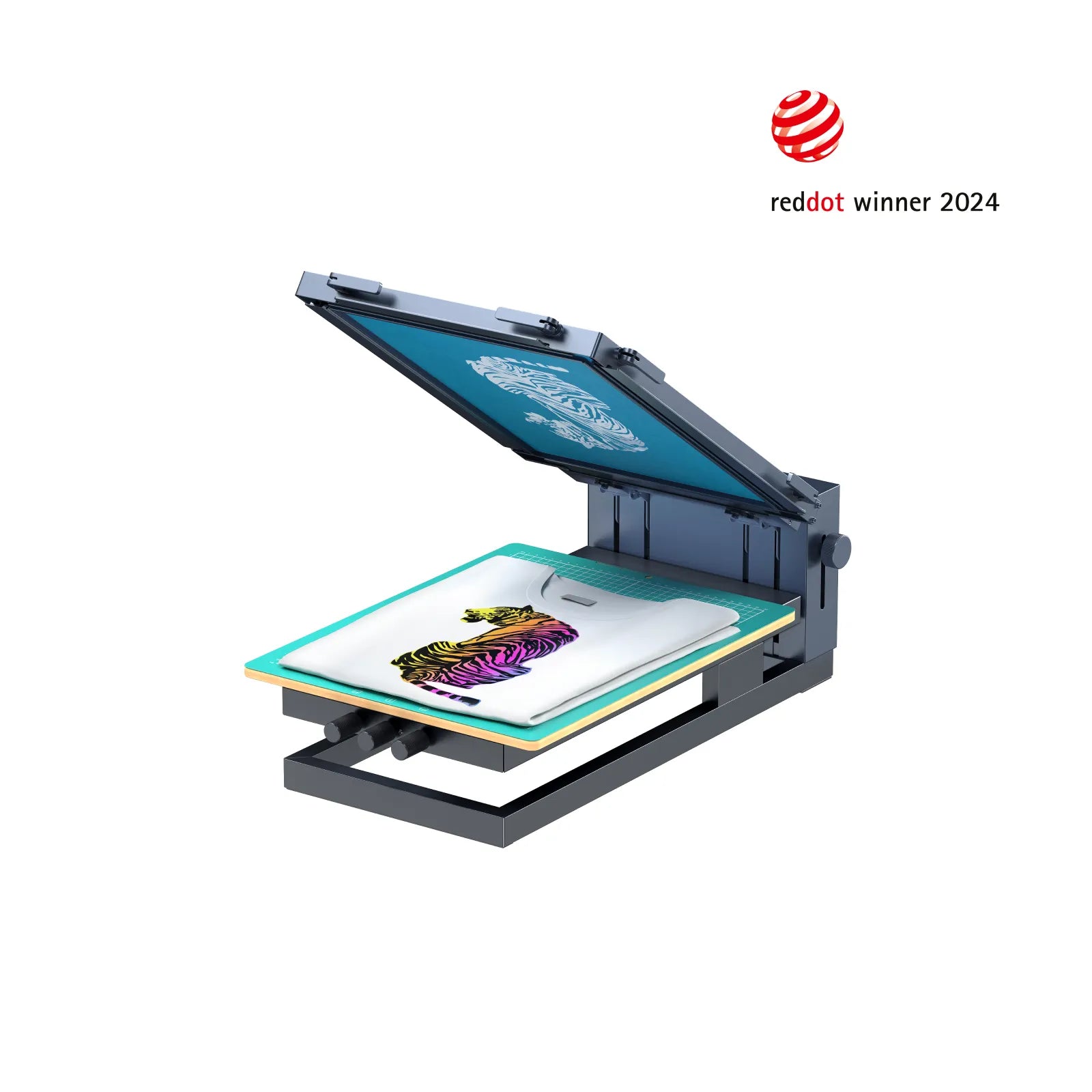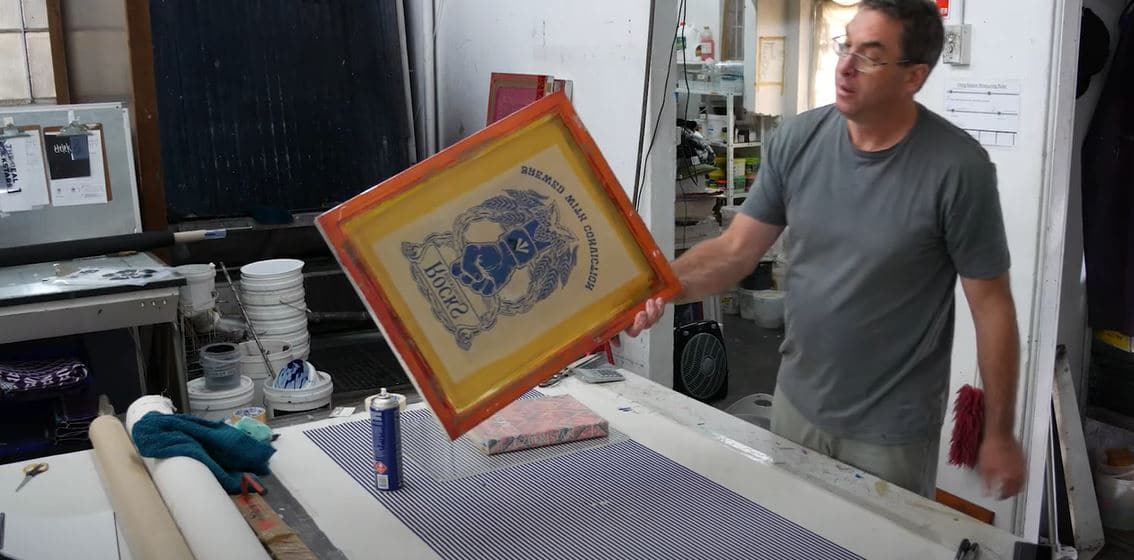ChatGPT said: 10:9 Design near me: how to choose the best screen printing services locally
The Crucial Guide to Comprehending Screen Printing and Its Versatile Utilizes
Screen printing has an abundant background that goes back to ancient times, advancing right into a sophisticated method utilized across numerous industries today. This guide discovers the intricacies of the screen printing process, outlining its applications in marketing, home, and fashion design - 10:9 Design contact. Recognizing these basics can open creative capacity for both industrial and artistic tasks. The following areas will disclose necessary ideas and methods to improve one's screen printing endeavors
The History of Screen Printing
Although screen printing has roots that trace back centuries, its advancement mirrors the imaginative and technological improvements of different cultures. Coming from ancient China, the strategy was at first made use of for embellishing textiles and later spread to Japan, where it ended up being important to Ukiyo-e woodblock printing. The technique shifted to Europe in the 18th century, where it obtained appeal amongst craftsmens and commercial printers. The invention of image emulsion in the 20th century revolutionized screen printing, enabling more complex designs and better effectiveness. Musicians like Andy Warhol further thrust its popularity, utilizing the tool to develop famous works that mixed commercialism and great art. By the late 20th century, screen printing had developed itself as a versatile method, employed in style, marketing, and art. Today, it remains to progress, integrating digital innovation and increasing its applications throughout numerous markets.
The Screen Printing Refine Explained
Screen printing transforms imaginative visions into tangible styles via a series of exact actions. Initially, a picture is developed and after that transferred onto a screen, generally made from great mesh textile stretched over a frame. A light-sensitive solution is used to the screen, which is revealed to light, solidifying in areas not covered by the image. After washing out the unhardened emulsion, a stencil is formed.
Next, the screen is put over the substrate, whether it be fabric, paper, or one more material. Ink is after that pressed via the open areas of the stencil making use of a squeegee, depositing the design onto the substratum listed below. This process can be duplicated for multiple colors, requiring separate displays for each and every hue. The published item is treated utilizing heat to ensure the ink adheres correctly, resulting in a resilient, vibrant layout prepared for usage.
Sorts Of Screen Printing Techniques

In addition, specialized strategies, such as discharge screen printing, get rid of dye from the material to develop softer prints, while foil screen printing applies metal foil to attain a shiny coating (10:9 Design Embroidery). Each technique uses distinctive attributes, dealing with numerous innovative requirements and production scales, ultimately expanding the possibilities within the screen printing domain name
Applications of Screen Printing in Numerous Industries

Additionally, the signs and advertising and marketing markets use screen printing for creating attractive displays and here banners. This approach permits strong colors and detailed styles that record interest. In electronics, screen printing is employed for using conductive inks to motherboard, important for component links. In addition, the home style market welcomes screen printing to create distinctive layouts on fabrics and wall surface art. Overall, screen printing offers as an essential device throughout diverse areas, boosting items with individualized and aesthetically attractive graphics.
Tips for Effective Screen Printing Projects
While carrying out a screen printing job, careful interest to detail can substantially enhance the final end result. Initially, selecting high-grade materials is essential; this includes the screen, inks, and substrates. Making use of appropriate mesh counts can impact ink deposition and information resolution. Prep work is just as essential; extensive cleansing of screens and proper exposure times ensure crisp prints.
Next off, exact registration is crucial for multi-color prints. Making use of positioning devices can aid achieve precise layering. Furthermore, screening prints on scrap products before production helps determine prospective concerns without losing sources.

Frequently Asked Inquiries
What Materials Are Ideal for Screen Printing on Fabric?
Cotton and polyester blends are optimal for screen printing on material because of their sturdiness and ink absorption. In addition, specialized fabrics like silk or canvas can produce special appearances and finishes, enhancing the general layout quality.
Exactly how Do I Clean and Maintain Screen Printing Equipment?
To clean up and keep screen printing equipment, one ought to consistently wash screens with suitable solvents, evaluate mops for wear, lubricate moving components, and shop all things in a completely dry, dust-free atmosphere to prolong their life expectancy.
What Are the Environmental Effects of Screen Printing?
Screen printing can have significant environmental impacts, consisting of chemical waste from inks and solvents, water use during cleaning processes, and energy usage. Eco-friendly products and sustainable methods are crucial for reducing these negative effects.
Can Screen Printing Be Done at Home Properly?
Screen printing can be efficiently done at home with the appropriate products and methods. Enthusiasts can develop top quality prints, though success depends on their ability level, equipment, and understanding of the process entailed.
What Are the Prices Connected With Starting a Display Printing Company?

Starting a screen printing business involves expenses for devices, products, and work space. First expenditures commonly vary from a few hundred to numerous thousand dollars, depending upon the scale, top quality of machinery, and wanted production capacity.
Screen printing has a rich background that dates back to old times, progressing right into an advanced strategy used across numerous sectors today. Another method, rotating screen printing, employs cylindrical displays, helping with continual printing on fabric rolls, thus enhancing performance for large-scale manufacturings. Additionally, specialized techniques, such as discharge screen printing, eliminate color from the textile to create softer prints, while foil screen printing applies metal aluminum foil to achieve a shiny coating. In the fashion industry, screen printing is commonly made use of to develop vibrant styles on garments, making it possible for brand names to showcase their distinct styles. Cotton and polyester blends are excellent for screen printing on fabric due to their sturdiness and ink absorption.